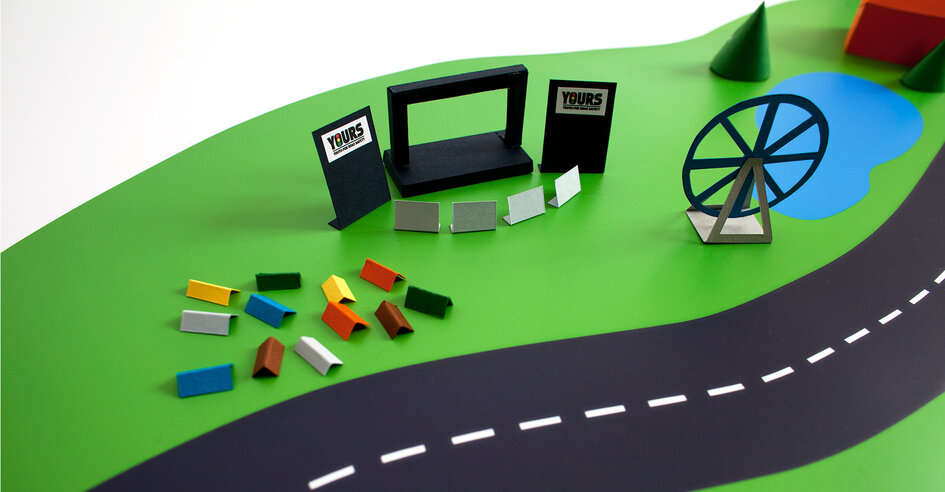
Call for Proposals Open: Development of a Road Safety Education Resource
Together with Michelin Corporate Foundation and Fondation d’entreprise Total, GRSP has launched a Call for Proposals for the development of an innovative educative resource (tool kit) that can address the key road safety issues affecting 10 to 18-year olds globally, while facilitating the development of partnerships with Education Ministries and non-governmental organizations (NGOs) involved in education.
This Call for Proposals comprises the complete design, development, field testing, refinement and production of a modular, and multi-layered road safety resource which can be easily tailored to local conditions for global deployment.

The two foundations wish to capitalize on lessons learned from earlier programmes, new global evidence and crash data and to acknowledge changes and new trends in road safety strategy and education, with the development of a multi-layered road safety intervention targeting children aged 10 to 18. This being ‘the Resource’ and the primary output of this project.
In defining the nature of this Resource, the partners recognize:
- the need for finding new educative solutions while conserving a base of “traditional” knowledge in tackling the key themes related to safer road user behaviours.
- the opportunity to work with educative authorities in order to have a real quantitative impact and greater sustainability.
- that although Road Safety Education takes place mainly in schools for the younger age groups, it may also be implemented in different ways in the community (ex: in sport clubs, via mobile phone applications etc).
The two foundations want to contribute to the improvement of road safety for 10-18-year-olds, however recognize that due to different stages of maturity and exposure, intervention strategies for this age group will most likely require two distinct modules, one intervention strategy designed for children 10-14 and another targeting those aged 14-18.















